Forbidden Fruit
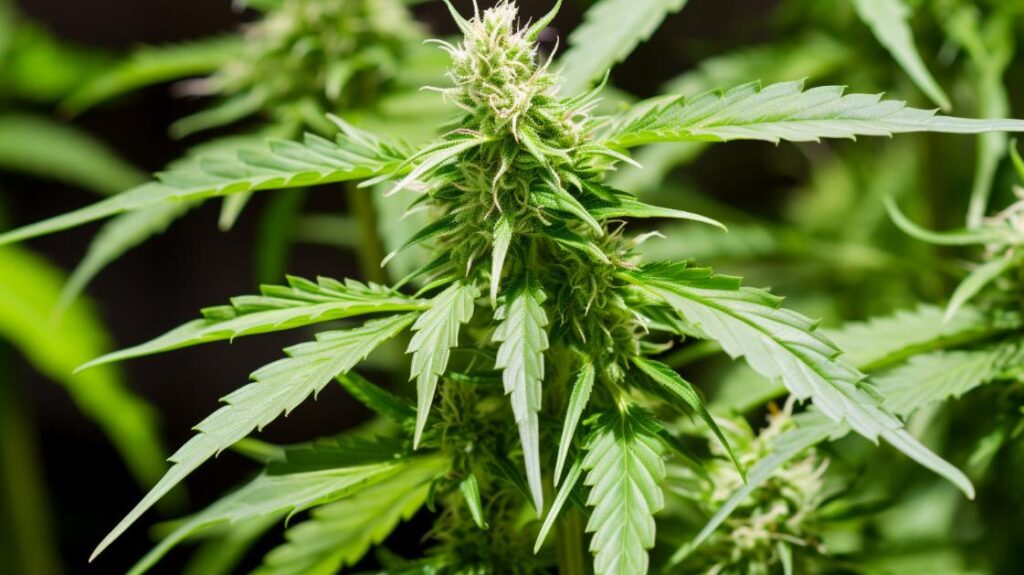
In the nuanced world of cannabis cultivation, the Forbidden Fruit Strain emerges as a captivating subject for connoisseurs and medical patients alike. This Indica-dominant hybrid, with its rich genetic lineage, traces back to the crossbreeding of Cherry Pie and Tangie strains. Its notable high THC content, which typically ranges between 23% and 26%, is complemented by a complex terpene profile that imbues it with a distinctive blend of sweet, citrus, and berry aromas.
Renowned for eliciting a profound sense of relaxation coupled with a euphoric lift, the Forbidden Fruit Strain presents a paradoxical interplay between tranquility and sensory stimulation. The myriad of purported therapeutic benefits, ranging from alleviating chronic pain to mitigating the effects of stress and anxiety, invites a closer examination of its potential applications.
As we consider the broader implications of this strain’s popularity, questions about its adverse effects, comparisons with similar strains, and the regulatory landscape governing its use remain open for a thoughtful exploration.
Genetic Lineage
The genetic lineage of the Forbidden Fruit strain is a testament to the careful selection and breeding of its parent strains, Cherry Pie and Tangie, resulting in a robust indica-dominant hybrid with a pronounced potency and a nuanced balance of effects.
As a hybrid strain created through a cross of Cherry Pie x Tangie, Forbidden Fruit embodies a 70% Indica and 30% Sativa split, which offers a complex profile that caters to both body and mind. The meticulous crossbreeding by Chameleon Extracts gave rise to a strain in 2016 that encapsulates the invigorating cerebral high of Tangie and the profound physical relaxation inherent in Cherry Pie.
Forbidden Fruit boasts THC levels ranging from 23% to 26%, classifying it as more potent than the average strain. This potency underscores the genetic craftsmanship that went into its development. The strain’s effects commence with an uplifting mental clarity from its Sativa genetics before descending into the tranquilizing embrace characteristic of an indica dominant hybrid. This duality makes it particularly effective for those grappling with chronic ailments.
The flowering period of approximately 8 to 9 weeks hints at the careful selection process for a phenotype that not only delivered on desired therapeutic outcomes but also on cultivation efficiency, even as the strain’s relative scarcity underscores its select status among connoisseurs.
THC/CBD Content
With THC levels typically ranging between 23% to 26%, Forbidden Fruit emerges as a particularly potent strain, while its CBD content remains comparatively low, often falling below 1%. This high 23-26% THC level makes Forbidden Fruit an exemplar within the pantheon of high-THC cannabis varieties, promising a powerful stone that leaves its users in a state of deep relaxation.
The predominance of THC in Forbidden Fruit’s profile results in a euphoric effect that boosts sensory experiences, making it ideal for experienced users who seek a profound psychoactive journey. The robust THC concentration is responsible for the strain’s capacity to engender a full-bodied tranquility, enveloping users in a blanket of calm that is as luscious as the Forbidden Fruit flavor itself.
The strain’s terpene profile, combined with its high THC content, contributes to its sedative properties and is frequently recommended for evening or nighttime use. The low CBD levels, although inconspicuous in the shadow of THC’s dominance, may still contribute subtly to the overall therapeutic qualities of the strain, potentially enhancing the entourage effect without diluting the intensity of the high.
As such, Forbidden Fruit stands as a testament to strains that prioritize a high THC composition, catering to those who favor potency and depth in their cannabis experience.
Terpene Profile
Delving into Forbidden Fruit’s terpene profile reveals a complex bouquet of myrcene, limonene, and caryophyllene, each contributing to the strain’s distinctive sweet and tropical scent underscored by earthy pine and sharp citrus notes.
The myrcene, a prominent terpene, is largely responsible for the fruity sweet lemony taste, which is accented by sweet berries, giving users a mouthwatering flavor sensation.
Limonene, another key component, enhances this experience with a lemony taste that’s accented by the zest of its citrus heritage, complemented by lemony berries, to offer a refreshing and invigorating olfactory experience.
The aroma is very sweet, with a robust pine overtone that grounds the strain’s otherwise buoyant scent profile.
The interplay of caryophyllene adds a subtle spiciness to the mix, balancing out the sweetness and contributing to a more rounded and nuanced aromatic experience.
This intricate terpene profile not only defines Forbidden Fruits’ allure but also plays a crucial role in the therapeutic benefits it may offer, including stress relief and muscle relaxation, potentially aiding individuals dealing with anxiety and depression.
The diverse terpenes work in concert to create the entourage effect, enhancing Forbidden Fruit’s overall efficacy and user experience.
Effects
Often sought after for its potent sedative effects, the Forbidden Fruit strain typically ushers in a state of deep relaxation and drowsiness that can be particularly beneficial for those battling conditions such as chronic pain and insomnia. With its higher-than-average THC potency, this strain hits hard and fast, inducing deep physical relaxation and a mental stoniness that is hard to shake. This powerful Indica-dominant hybrid is known for its ability to ease away any aches and pains, providing a moderate buzzing feeling that is both calming and intensely relaxing.
Beyond the sedative qualities, the Forbidden Fruit strain also offers an uplifted euphoric effect. Users often report feeling happy and content after consumption, with the mental uplift complementing the physical tranquility. However, the body will fall victim to a powerful body stone that leaves you helplessly couch-locked, which makes this strain less suitable for daytime use or for those with a low tolerance to THC.
Ideal for experienced users suffering from more severe ailments, Forbidden Fruit can be a potent ally against chronic stress, migraines, and other persistent discomforts. Despite its benefits, some may experience dry eyes, increased appetite, or even feelings of paranoia, so dosage and setting should be considered carefully to ensure a positive experience.
Medical Uses
The Forbidden Fruit strain has garnered attention in the medical cannabis community for its efficacy in alleviating symptoms associated with anxiety, stress, and chronic pain. Often described as ideal for experienced users suffering from chronic conditions, this strain’s powerful 23-26% THC level can play a significant role in its therapeutic potential. Its robust concentration of cannabinoids is known to provide relief, particularly for those contending with persistent discomforts that conventional treatments fail to adequately address.
In the realm of medical uses, Forbidden Fruit is recognized for its ability to ease away aches or pains that plague daily life. Patients who have turned to this strain report a distinct reduction in the intensity of their symptoms, offering them a respite from the distress they routinely endure. The analgesic properties of Forbidden Fruit may be particularly beneficial for individuals grappling with conditions that induce pains and often cause significant disruptions to their quality of life.
Flavor and Aroma
While the Forbidden Fruit strain is celebrated for its medicinal benefits, its flavor and aroma profiles are equally compelling, offering users a sensory experience that complements its therapeutic effects. Connoisseurs of this strain are often first drawn to its Forbidden Fruit flavor, a delightful combination of tropical essences with hints of grapefruit and mango that tantalizes the taste buds. When inhaled, the taste of Forbidden Fruit unfolds as a sophisticated blend, with a sweet pineapple overtone that is both refreshing and indulgent.
The aroma is an intricate tapestry, sweet and piney with citrusy undercurrents, and a backdrop of earthy notes laced with a touch of berries. This rich olfactory bouquet is a testament to the strain’s complex terpene profile. The appearance of Forbidden Fruit is equally impressive: dark green buds are adorned with sparse orange hairs, minty green crystal trichomes, and a frosty coating, hinting at the potency and depth of flavor contained within.
Here is a descriptive breakdown of the Forbidden Fruit’s sensory attributes:
| Aspect | Description |
|---|---|
| Flavor | Tropical, citrus, cherry, pine, dessert-like |
| Aroma | Sweet, piney, citrusy, earthy, berry undertones |
| Appearance | Dark green, sparse orange hairs, minty green crystal trichomes |
| Experience | Smooth, fresh taste, sweet lemony profile, fruity sweet |
The Forbidden Fruit strain is a feast for the senses, providing a symphony of flavors and aromas that make it a memorable choice for both recreational and medicinal users.
Appearance
Exhibiting a captivating visual display, Forbidden Fruit strain’s buds present a chunky and wide structure, with a propensity to develop striking purple tones amidst the vibrant green, all generously enveloped in shimmering trichomes. The Forbidden Fruit strain demands attention with its distinct aesthetic, which reflects the meticulous care and cultivation it undergoes.
Consider the following features that distinguish the Forbidden Fruit strain’s appearance:
-
Dense Structure: Buds have dense pebble-shaped formations, providing a satisfying tactile experience. The dense pebble-shaped dark forest green foliage further accentuates the robust nature of these nugs.
-
Colorful Palette: A harmonious blend of green nugs with sparse orange hairs creates a tapestry of color. The thick frosty coating of minty trichomes adds a frost-like appearance, while the purple hues emerge as a testament to its genetic lineage and growing conditions.
-
Glistening Trichomes: A thick frosty coating of trichomes imparts a luminous quality to each bud. These crystal-like structures are not just for show; they are also indicative of the strain’s potency and aromatic profile.
In analyzing the Forbidden Fruit strain’s appearance, it is clear that the visual appeal is a direct reflection of its intrinsic qualities. The vibrant coloration and pronounced resin coverage signal a high-quality, carefully cultivated cannabis strain.
Grow Information
Moving beyond its striking aesthetic, Forbidden Fruit’s cultivation process is intricate and requires a well-informed grower to harness the full potential of its indica-dominant genetics.
This Forbidden Fruit strain, a cross of the insanely popular Cherry Pie and Tangie strains, blooms into dense, dark forest green nugs that are as potent as they are eye-catching. Its THC levels, ranging from 23% to 26%, ensure a powerful effect that can leave users couch-locked with a moderate sense of euphoria.
For the Forbidden Fruit ideal grow, a controlled environment that mimics a warm and dry climate is critical. With a flowering time of approximately 8 to 9 weeks, patience and attention to detail during this period are vital for achieving the desired quality and yield.
The grow information suggests that this cultivar responds well to careful pruning and adequate spacing to facilitate air circulation, which helps prevent mold and mildew in the dense canopy.
The sweet lemony taste and aroma, complemented by undertones of berries and pine, are indicative of a successful harvest. Growers who can navigate the complexities of this strain are rewarded with a harvest that not only provides potential medical benefits for anxiety, stress, and pain but also offers a smooth and enjoyable smoking experience.
Adverse Effects
Despite the allure of Forbidden Fruit’s potent effects and aromatic bouquet, users should be aware of its potential adverse reactions, such as dry mouth and eyes, which are among the most commonly reported side effects. When partaking in this powerful strain, individuals may become a victim to a set of symptoms that range from mild discomfort to more pronounced reactions that can affect their overall experience.
To better understand the potential downsides of Forbidden Fruit, consider the following adverse effects:
-
Dryness: A significant number of experienced users report dry mouth and eyes, a condition colloquially known as ‘cottonmouth.’
-
Dizziness: Some may feel lightheaded or dizzy, particularly when consuming higher doses of the strain.
-
Paranoia: In rarer cases, individuals, especially those with a predisposition to anxiety, may feel an onset of paranoia.
While Forbidden Fruit is often sought for relief from aches or pains and chronic stress, caution is advised. It’s imperative to commence with a low dosage and incrementally increase as tolerated to mitigate the risks of adverse effects. Those with anxiety or panic disorders should be particularly mindful, as Forbidden Fruit’s potency can sometimes amplify these conditions.
Comparisons with Similar Strains
When exploring the cannabis landscape for alternatives resembling Forbidden Fruit, aficionados often seek out strains that offer a harmonious blend of relaxation, euphoria, and stress relief. To find a Forbidden Fruit ideal match, enthusiasts compare the effects and its powerful impact on both body and mind. Strains that evoke similar sensations are typically high in THC potency and boast indica-dominant genetics, ensuring a deep physical relaxation akin to the level make Forbidden Fruit a sought-after variety.
For those desiring a similar aromatic journey, strains with a fruity and tropical flavor profile—reminiscent of grapefruit, mango, and hints of berries—provide a comparable experience. Like Forbidden Fruit, these strains delight the senses with their rich and inviting scents.
Cultivators looking for parallels in growth patterns might compare flowering times, seeking those with an 8 to 9-week window, mirroring the cultivation experience of growing Forbidden Fruit. Moreover, exploring hybrids and crossbreeds related to Cherry Pie and Tangie strains can reveal similar genetic lineages. Such similar strains are often created through a cross, harnessing the best traits of their parentage to produce progenies with comparable qualities to Forbidden Fruit’s unique profile.
Research and Studies
Scientific inquiry into the Forbidden Fruit strain reveals a spectrum of effects and potential medical applications that have garnered attention in the field of cannabis research.
The Forbidden Fruit strain, with its unique genetic background, has been the subject of various studies aiming to understand its therapeutic potential and sensory impact.
Research and studies have highlighted the Forbidden Fruit ideal for certain medicinal uses due to its particular cannabinoid profile.
Here are three key areas of interest that have emerged from the research:
-
Effects and Medical Benefits: Investigations focus on the therapeutic effects of Forbidden Fruit, such as pain relief, anxiety reduction, and sleep aid, which are attributed to its high THC levels and the presence of other cannabinoids and terpenes.
-
Sensory Experience: Descriptive analyses of Forbidden Fruit flavor profile reveal a sweet lemony taste with a sweet pine overtone, contributing to its popularity among users who prefer a complex and pleasant flavor in their cannabis.
-
User Well-being: Studies include user-reported outcomes, where many describe a buzzing feeling that eases into a relaxed state, suggesting potential benefits for stress and tension relief.
These focal points offer valuable insights into the Forbidden Fruit strain, informing both consumers and professionals in the ever-evolving landscape of cannabis research.
History and Origin
Tracing its lineage back to 2016, the Forbidden Fruit strain emerged from the expert crossbreeding efforts of Chameleon Extracts, who successfully combined the genetics of a female Tangie plant with a Cherry Pie cultivar. The name may say it’s forbidden, but the allure of this Fruit strain has only grown since its inception.
Forbidden Fruit quickly garnered attention for its unique flavor profile and potent effects. As a nod to the biblical Garden of Eden, the strain’s name implies something irresistibly tempting, and indeed, many consumers find themselves drawn to it. While it initially had a limited release, the Forbidden Fruit strain has since seen increased production due to its popularity among connoisseurs and casual users alike.
Below is a table charting the key milestones in the history of Forbidden Fruit:
| Year | Milestone |
|---|---|
| 2016 | Creation of Forbidden Fruit by Chameleon Extracts |
| Crossbreeding of Tangie and Cherry Pie strains | |
| Selection of the best phenotype for the market | |
| Recent Years | More regular availability from seed banks |
| Future | Expected to become widely accessible due to rising demand |
In essence, while the strain may carry a name suggesting taboo, the Forbidden Fruit strain, with its genetic signature of 83, has firmly planted itself within the cannabis culture as a desirable and sought-after variety.
Frequently Asked Questions
Is Forbidden Fruit Indica or Sativa?
When examining a cannabis strain’s classification, one assesses indica dominance, strain genetics, terpene profile, cultivation techniques, THC content, medical usage, and consumption methods. The subject strain exhibits a predominant indica genetic composition.
What Does Forbidden Fruit Smell Like?
The subject exhibits a pungent aroma with a complex bouquet, blending tropical punch and citrus notes. Earthy undertones complement the sweet fragrance, while berry scents enrich the olfactory profile, indicating a multifaceted character.
What Is Forbidden Fruit Crossed With?
In horticultural practices, cross-breeding Cherry Pie genetics with a tropical infusion may present cultivation challenges, yet it leverages parent strain benefits and hybrid vigor, potentially resulting in potency variations and a complex terpene profile.
What Is the Forbidden Fruit Effect?
The effect in question typically involves mental relaxation, a euphoria experience, and pain relief. It may also include creative stimulation, anxiety reduction, appetite influence, and sleep enhancement, providing multifaceted therapeutic benefits.

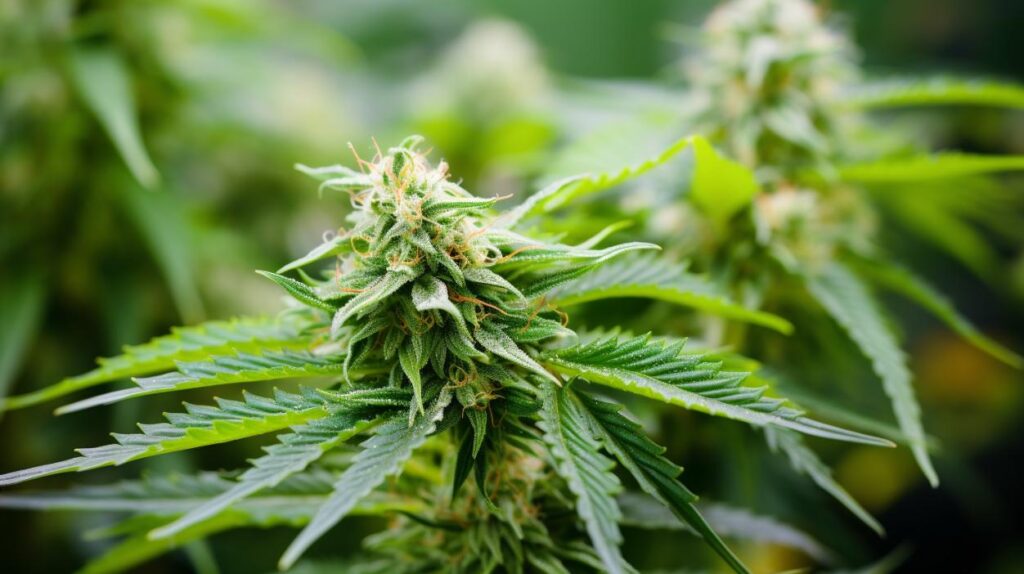
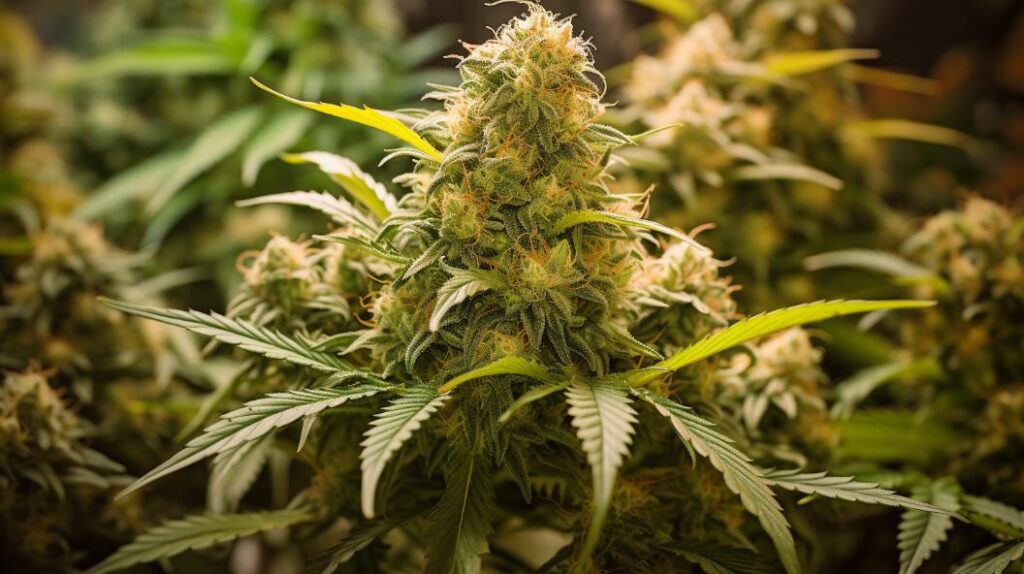
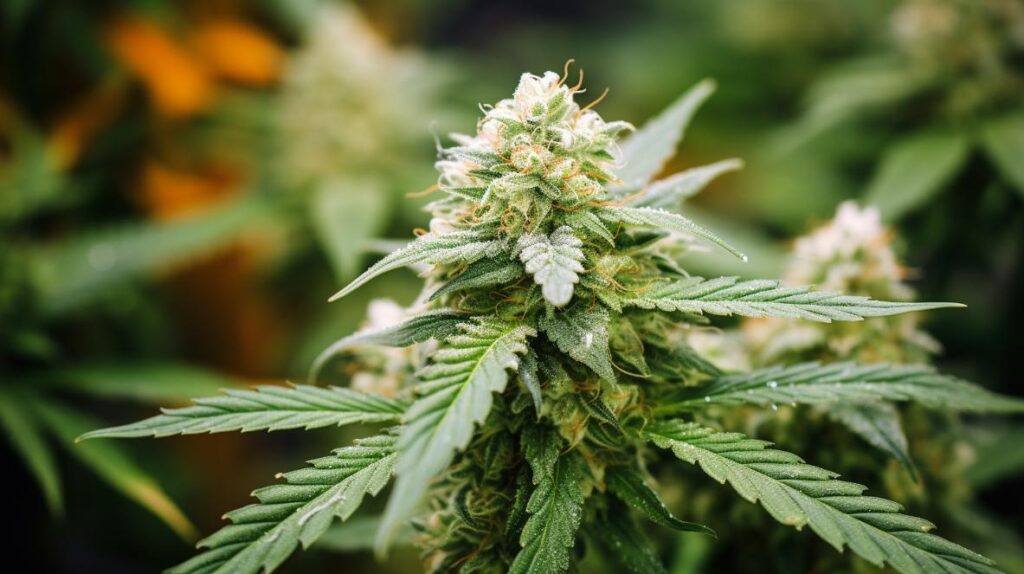
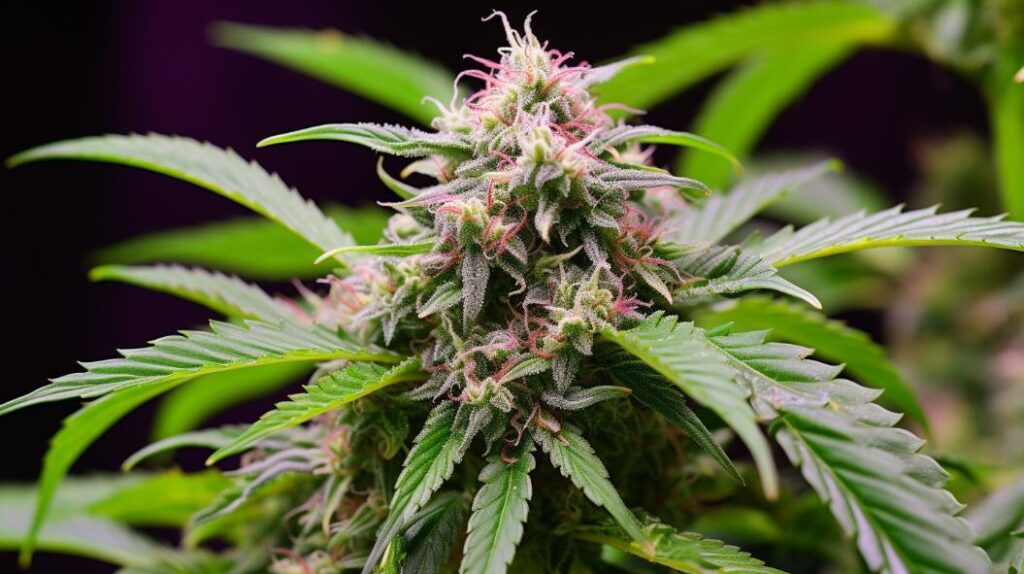
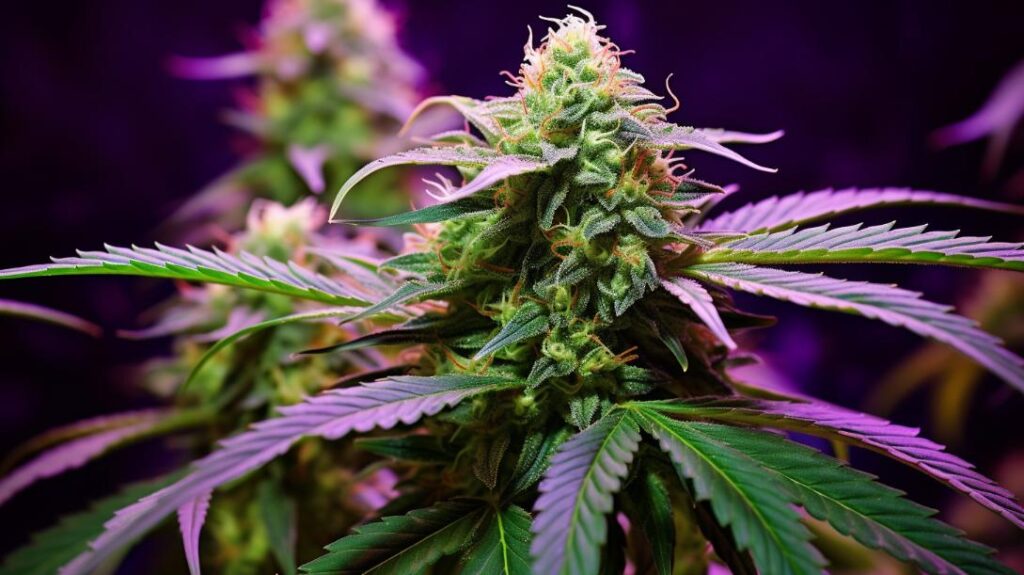

Responses